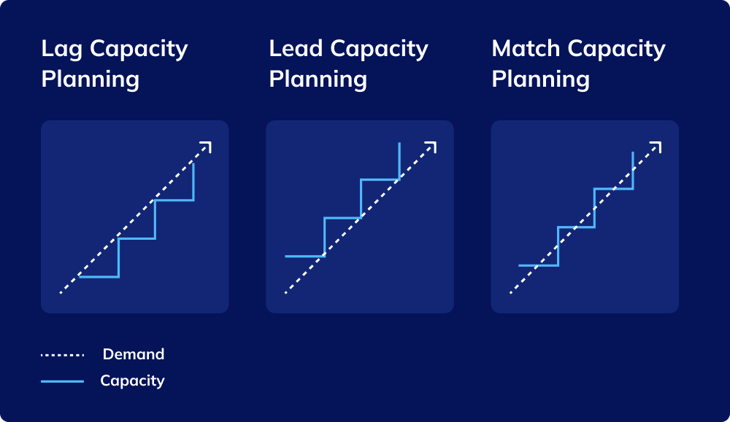You’ve had your ERP system for some years, and everyone is familiar with it. But that’s pretty much the only reason you’re hanging onto it. Moving to a new system seems daunting, and if everything appears to be working, there may seem no reason to change.
Here are five ways your current, on-premise ERP could be letting you down:
1. You can't see accurate information about your business
To make the best business decisions, you need relevant, accurate, timely data. Can you instantly generate up-to-the-minute reports with your current system, and see where you are with stock, sales, and purchase orders? How soon do you know if budgets are blowing out, or if a hike in material prices or duties is eroding profits?
With a cloud-based ERP solution, your teams are working simultaneously in the system giving you access to up-to-date and accurate data so you can make decisions with more confidence. You can get detailed reporting across your business so you can see exactly how you’re spending at any moment in time.
2. It's not helping you streamline operations
Operations are streamlined with repetitive manual tasks automated, allowing your team to spend time doing stuff they love. It can be accessed anywhere, on any device, at any time, so it’s ideal for new ways of working such as remote and hybrid work.
Cloud-based software is also future-proofed. Because it gets regular security updates and upgrades - all handled by the provider - you always have the very latest protection.
It’s also more cost-efficient, as it no longer requires the purchase of hardware, software or annual maintenance fees.
3. Security and backups are a continual challenge
Security of systems is a real concern for businesses – and maintaining security and backing-up data is costly. Maintaining servers to house data is costly, as is maintaining an IT department or paying for outsourced help. Information on your customers, their purchases as well as your inventory, needs to be protected.
With cloud-based ERP all that is taken care of for you. Security updates are rolled out continually, along with new features. Backups are automated, with good providers offering enterprise-grade security, local housing of data and ISO certification. You can be confident that your stored data is protected.
4. Custom integrations are costing too much
Trying to connect a legacy ERP system with a modern e-commerce or CRM platform is frequently a nightmare. It either simply won’t work at all, or at best it’s limited and clunky, and likely requires a lot of manual work to get things from one system to the other. You may even have had to pay someone to develop middleware for you. Maintaining these integrations can be expensive and need to be custom built.
A modern cloud solution comes with integrations from the get-go. Whether that’s an e-commerce system such as Shopify or Square, or the everyday tools you use such as Microsoft’s suite of business applications.
5. Scaling and growing your business isn't easy
As you scale, your system needs to scale with you. For an on-premise setup, this means additional server space, racks, new versions and a host of other costs. It’s yet more infrastructure that is going to decrease in value and utility and increase in maintenance costs over time – and affect the performance of your software if not continually updated,
With cloud-based solutions, scaling up or down is as similar as turning a tap. If you need more capacity, it’s there, instantly. As your business grows and your need for more data storage or more integrations, modern cloud-based ERP solutions give you the capability to grow easily, and without affecting performance and in turn your ability to access your business information rapidly.
Ultimately, having a future-fit, modern cloud ERP solution gives you time to work in your business rather than fight with processes. You can spend time on more important areas such as servicing your customers, offering better products, finding cost efficiencies and growing your business.
Ready to learn more?
Book a demo call with one of our friendly team members.

